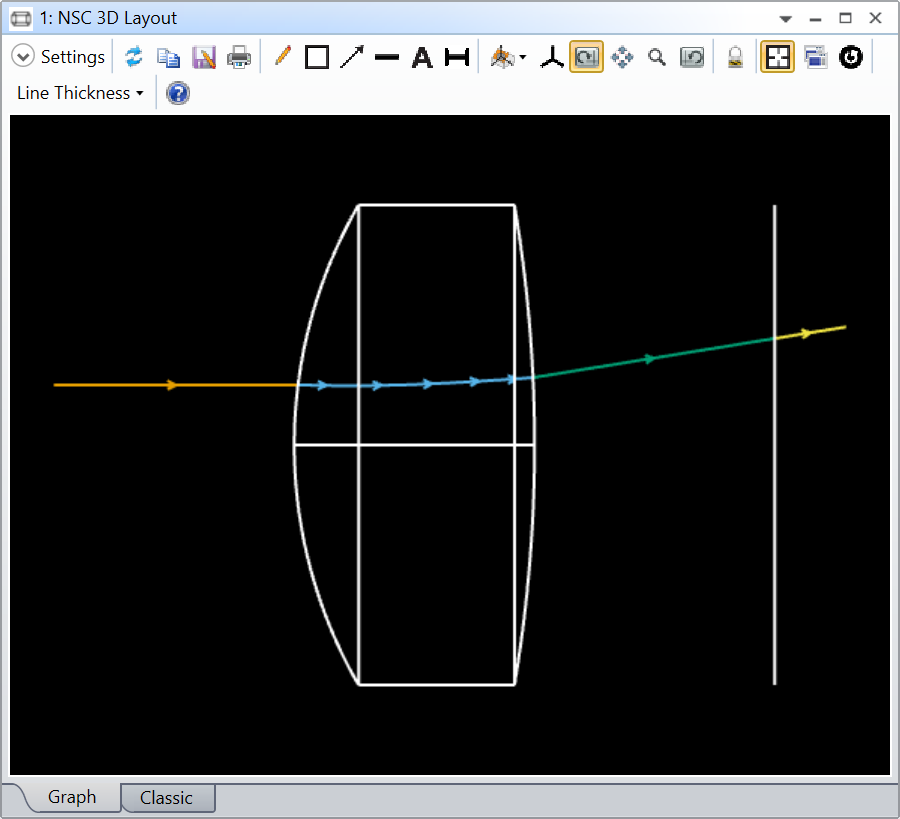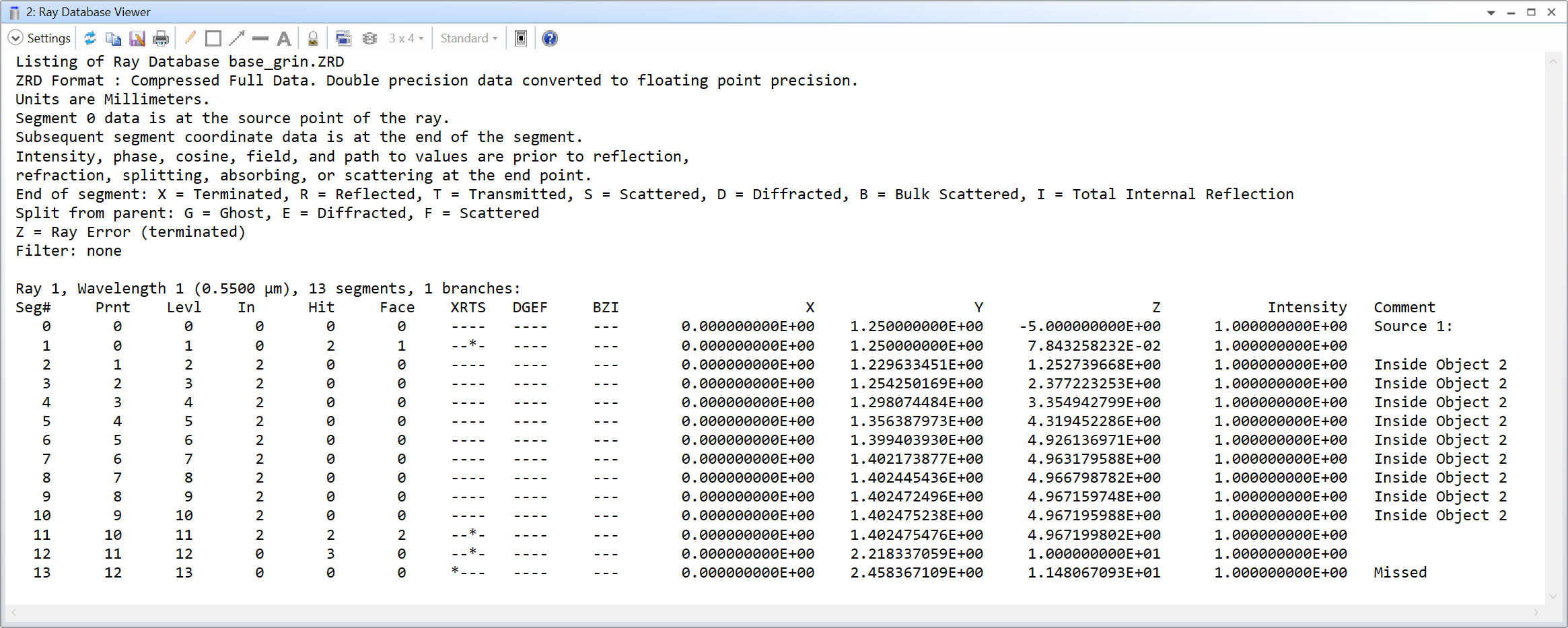Title. I can easily get the entry/exit points into a GRIN lens via tracing rays to a surface using SingleRayNormUnpol() and BatchRayTrace.
However, this only gives me the entry/exit points into a surface. Is there a way to get information out about the beam path within a GRIN optic via ZOS-API?
As an additional note, the GRIN optic is modelled via a custom *.dll extension I developed (not a ZEMAX Gradient 1-12 surface).
My alternative is to write my own GRIN raytracer for the intermediate steps.









